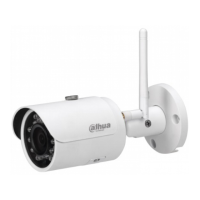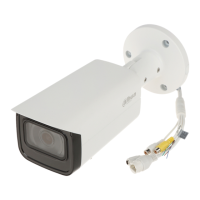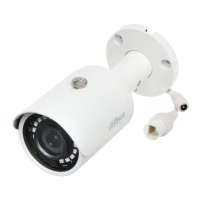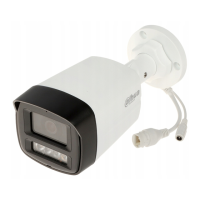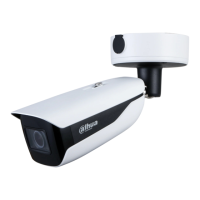Quick Start Guide
2
No. Port Name Function Description
4 Audio output Connects to speaker to output audio signal.
5 Alarm I/O Alarm signal input/output.
For more information about I/O port, see Table 1-2.
Table 1-2 Alarm Information
Port Port Name Function
Alarm I/O
ALARM_OUT
Outputs alarm signal to alarm device.
When connecting to alarm device, only the ALARM_OUT port and
ALARM_OUT_GND port with the same number can be used together.
ALARM_OUT_G
ND
ALARM_IN1
Receives the switch signal of external alarm source.
Connect different alarm input devices to the same ALARM_IN_GND
port.
ALARM_IN2
ALARM_IN_GN
D
Connecting Alarm Input/output 1.2
Alarm input/output is available on select models.
Connect alarm input device to the alarm input end of the I/O port, see Figure 1-2. Step 1
Device collects different states of alarm input port when the input signal is idling and being
grounded.
Device collects logic "1" when input signal is connecting to +3V to +5V or idling.
Device collects logic "0" when input signal is grounded.
Alarm input Figure 1-2
Connect alarm output device to the alarm output end of the I/O port. The alarm output is Step 2
open-drain output, which works in the following modes.
Mode A: Level application. Alarm outputs high and low level, and the alarm outlet is OD,
which requires external pull-up resistance (10K Ohm typical) to work. The maximum
external pull-up level is 12V, maximum port current is 300mA and the default output
signal is high level (external pull-up voltage). The default output signal switches to low
level when there is alarm output (As long as the operating current below 300mA, the
output low level voltage is lower than 0.8V).
